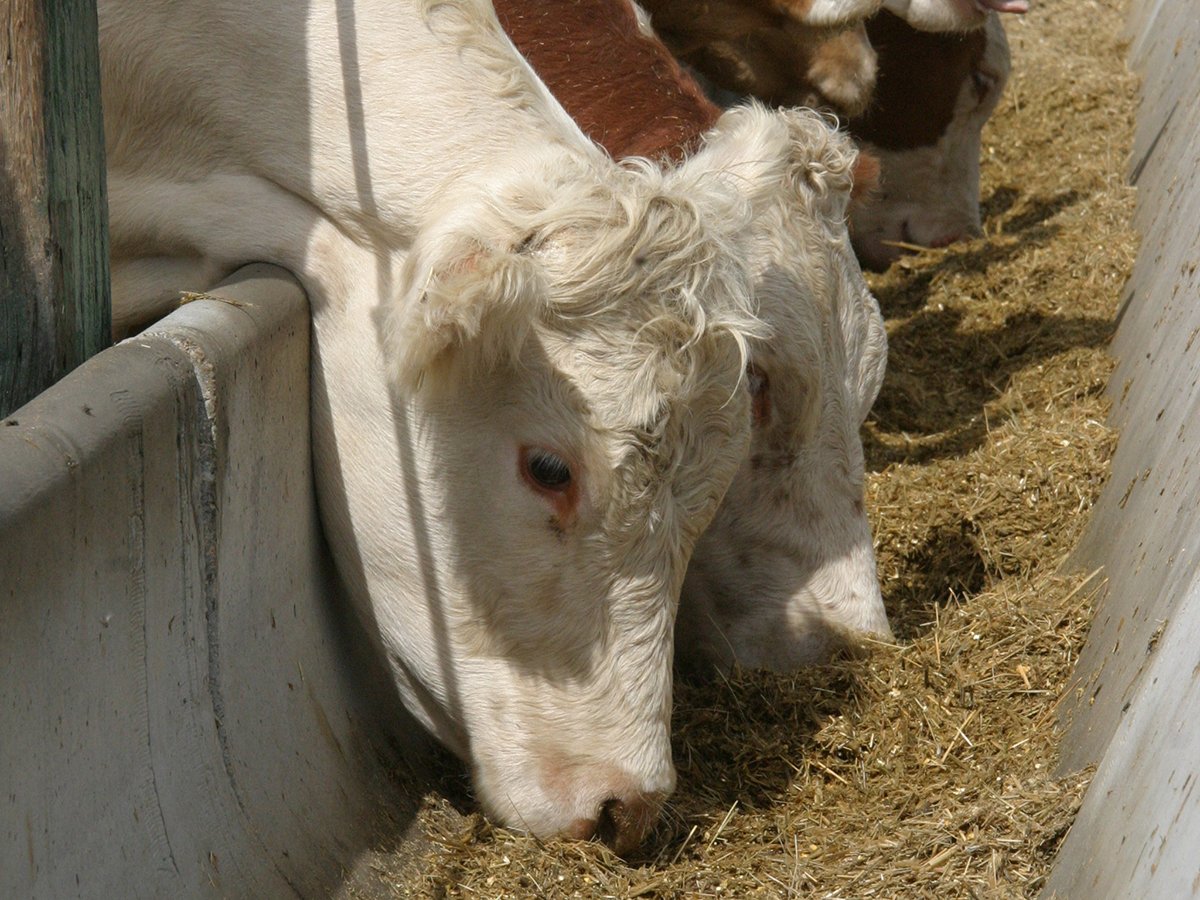Rye-wheat hybrid | Trials show triticale retains its nutritional value and has improved disease resistance
ROCKY MOUNTAIN HOUSE, Alta. — Triticale could replace barley as the feed of choice for western Canadian cattle.
“It is because of its tonnage, consistency and its ability to gobble up lots of nutrients,” said Ken Ziegler, a beef and forage specialist with Alberta Agriculture.
“We are finding triticale is a very consistent producer for a wide variety of landscapes and a wide variety of environmental conditions.… Out 10 years (from now), triticale is going to be more consistent than barley and maybe even corn in that regard.”
Read Also

Alberta cattle loan guarantee program gets 50 per cent increase
Alberta government comes to aid of beef industry with 50 per cent increase to loan guarantee program to help producers.
Researchers who have struggled to increase the grain yield of barley might find it in triticale, which can be used for feed, forage, ethanol and food, Ziegler said during a farm tour sponsored by Clearwater County and the Grey Wooded Forage Association.
Triticale, a rye-wheat hybrid, has grown in popularity as a silage crop and for swath grazing. New varieties have made it tastier, the awns have been reduced to almost nothing and it holds its nutrient value throughout the winter as cows move up and down the swaths.
Anne Bertagnolli and her husband, Mark, have swath grazed for more than 10 years on their ranch in west-central Alberta, where they run 225 cows. Triticale has proven to be a survivor in their part of the province with its cooler climate and soil well suited to producing forage.
They agreed two years ago to work with researchers on different varieties, and the results have been fav-ourable.
“We were looking at nutritional value of the crop and degradation over time, dry matter yield and waste,” Bertagnolli told the tour group.
“What we found was that although different crops did well in different areas, triticale was the one that actually performed well in all areas of the trials.”
She said the trials included the spring varieties Tyndall, Pronghorn, Bunker, AC Ultima and Taza.
They found Taza and Bunker may be more suitable for swath grazing because the awns are small compared to the older varieties with long, rough awns.
Degradation in the swath also interested them because the crop did not seem to lose its protein or energy as the season progressed.
“We found that triticale actually holds its value better than a lot of the other crops, Bertagnolli said.
They planted the varieties in early June according to standard fertilizer and seeding recommendations and plan to swath in September when the grain is at the early dough stage, which provides the best feed.
Last year, they tried different crops, and triticale gave them 4.5 tonnes per acre of dry matter yield.
“The only one greater was the sunflowers at six tonnes an acres, but the cows didn’t want to eat them,” she said.
Disease resistance is another advantage for growers, said Mark Cutts, a crop specialist with Alberta Agriculture.
“The leaf disease impact on this crop is a very minor quality at this time.”
When planted with barley, the leaf disease differences between the two are noticeable.
“For those using barley for silage, this is a crop that could help break that leaf disease issue,” said Cutts.
The crop was once susceptible to ergot, but that problem has been bred out of the new varieties.
“When the conditions aren’t ideal, it seems triticale holds better than the traditional cereal crops.”















